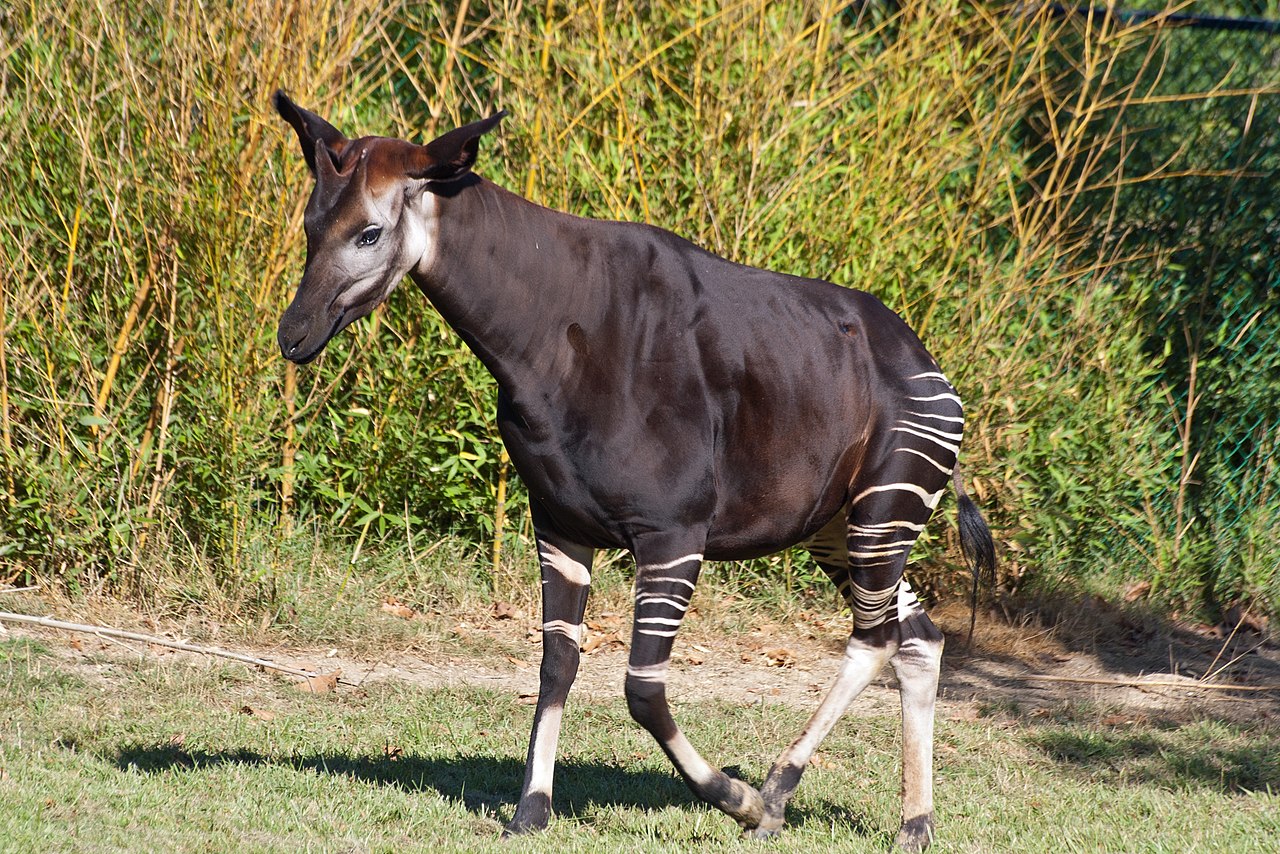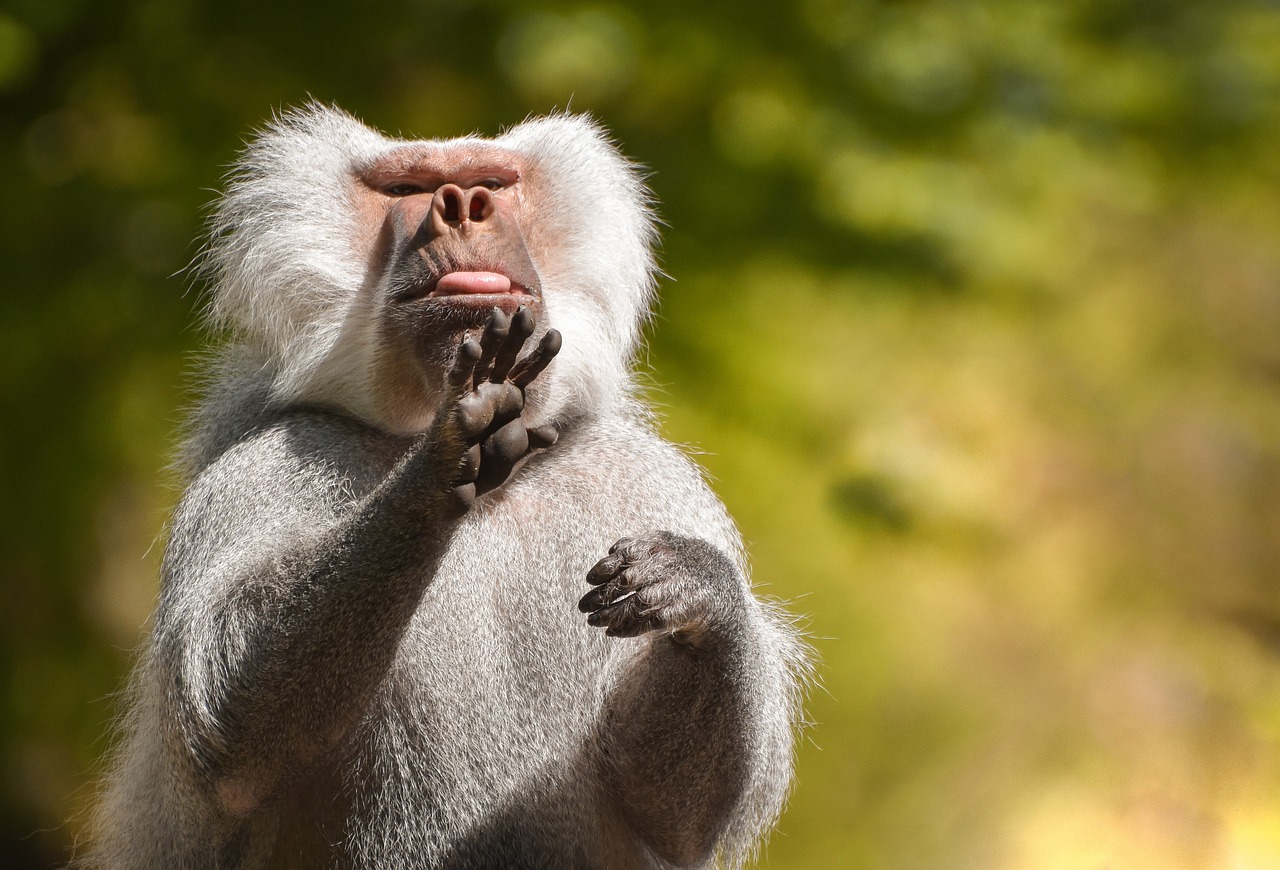The San Diego Zoo is renowned for its vast collection of animals from around the world, some of which are as bizarre as they are beautiful. From peculiar primates to reptiles with odd adaptations, the zoo is a treasure trove of nature’s most unusual creations. Here are some of the strangest animals you can encounter during your visit.
The Okapi: The Forest Giraffe
Hidden in the dense foliage of the African rainforest exhibit, the okapi is often mistaken for a hybrid between a deer and a zebra due to its striped hindquarters and horse-like body. However, this elusive creature is actually a close relative of the giraffe. The okapi’s velvety coat and chocolate-brown color help it blend into the shadowy forest, while its long, blue tongue is perfect for plucking buds and leaves. Despite its shy nature, the okapi’s unique appearance makes it a fascinating subject for those lucky enough to spot it.
The Chinese Giant Salamander: A Living Fossil
In the depths of the zoo’s reptile house, the Chinese giant salamander reigns as one of the largest amphibians in the world. This creature can grow up to six feet long and resembles a creature from prehistoric times. Its wrinkled skin and stout body enable it to blend seamlessly into the rocky streams and rivers it inhabits. The salamander’s ability to vocalize a variety of sounds, including barks, hisses, and whistles, adds to its strangeness, earning it the nickname “baby dragon” among locals.
The Aye-Aye: Madagascar’s Nocturnal Primate
The aye-aye is a primate that might seem more at home in a Halloween tale than in a tropical forest. With its piercing eyes, long fingers, and bushy tail, the aye-aye is one of the most peculiar looking lemurs. It is nocturnal and uses its elongated middle finger to tap on trees to locate grubs, then gnaws holes in the wood with its forward-slanting incisors to fish them out. This odd method of foraging, known as percussive foraging, is unique among primates and is a sight to behold at the zoo.
The Matamata Turtle: Nature’s Stone Imitator
Camouflaged as a pile of leaves or a chunk of bark, the matamata turtle sits motionlessly in its aquatic exhibit, waiting for unsuspecting fish. With a wide, flat head and a knobby, brown shell, this turtle blends perfectly into its surroundings. The matamata uses a “suction feeding” technique to capture prey, creating a vacuum that pulls water and fish swiftly into its mouth. This turtle’s bizarre appearance and hunting strategy make it one of the most unusual reptiles at the San Diego Zoo.
The Naked Mole Rat: The Underground Wonder
Perhaps one of the most bizarre sights at the zoo is the naked mole rat colony. These small rodents are nearly hairless, with wrinkled pink skin and large, protruding teeth that are used for digging extensive underground tunnels. Naked mole rats are also remarkable for their eusocial structure, similar to that of bees and ants, with a single queen and workers. Their resistance to cancer and pain, and their ability to live up to 30 years, are subjects of ongoing scientific research.
These are just a few of the unique creatures you can find at the San Diego Zoo. Each visit reveals something new and unusual, reflecting the incredible diversity of life on Earth. Whether you’re drawn to the peculiar, the eerie, or the outright bizarre, the San Diego Zoo offers a glimpse into the animal kingdom’s most extraordinary species.


